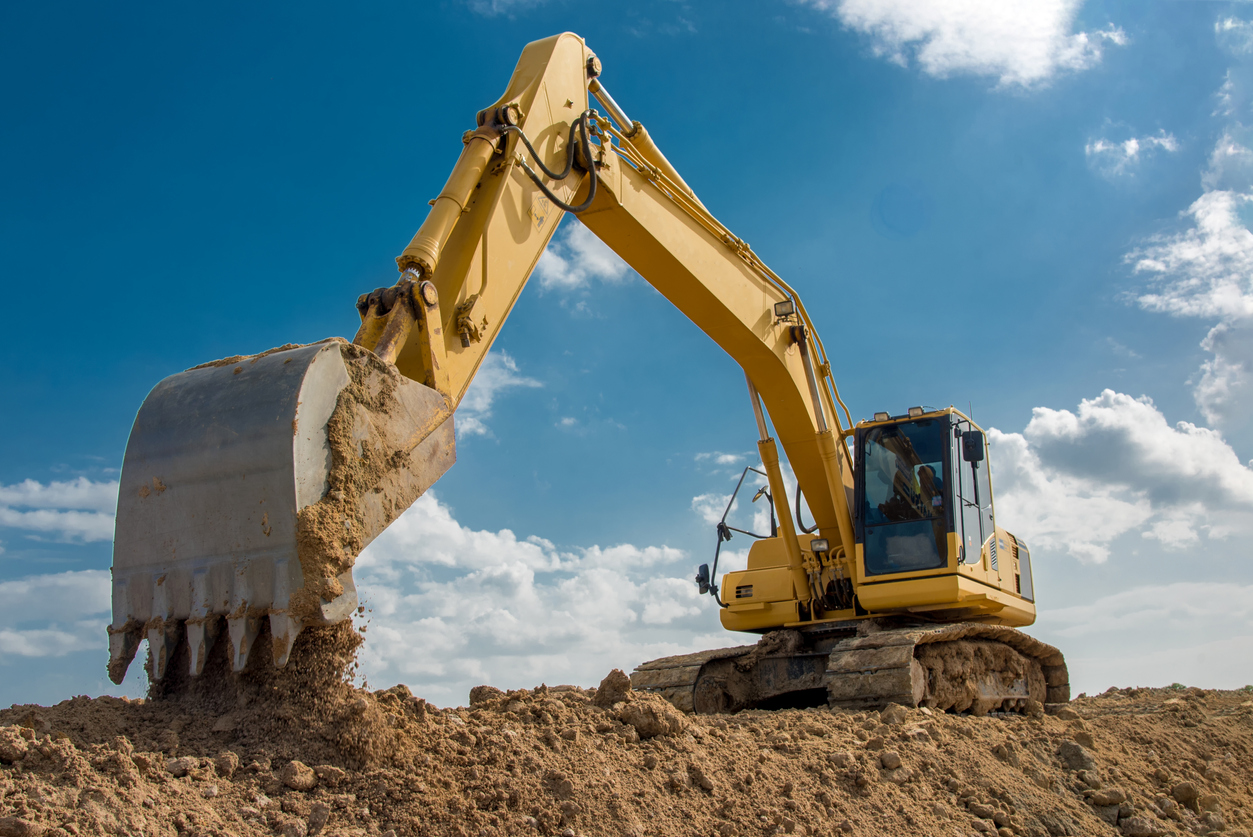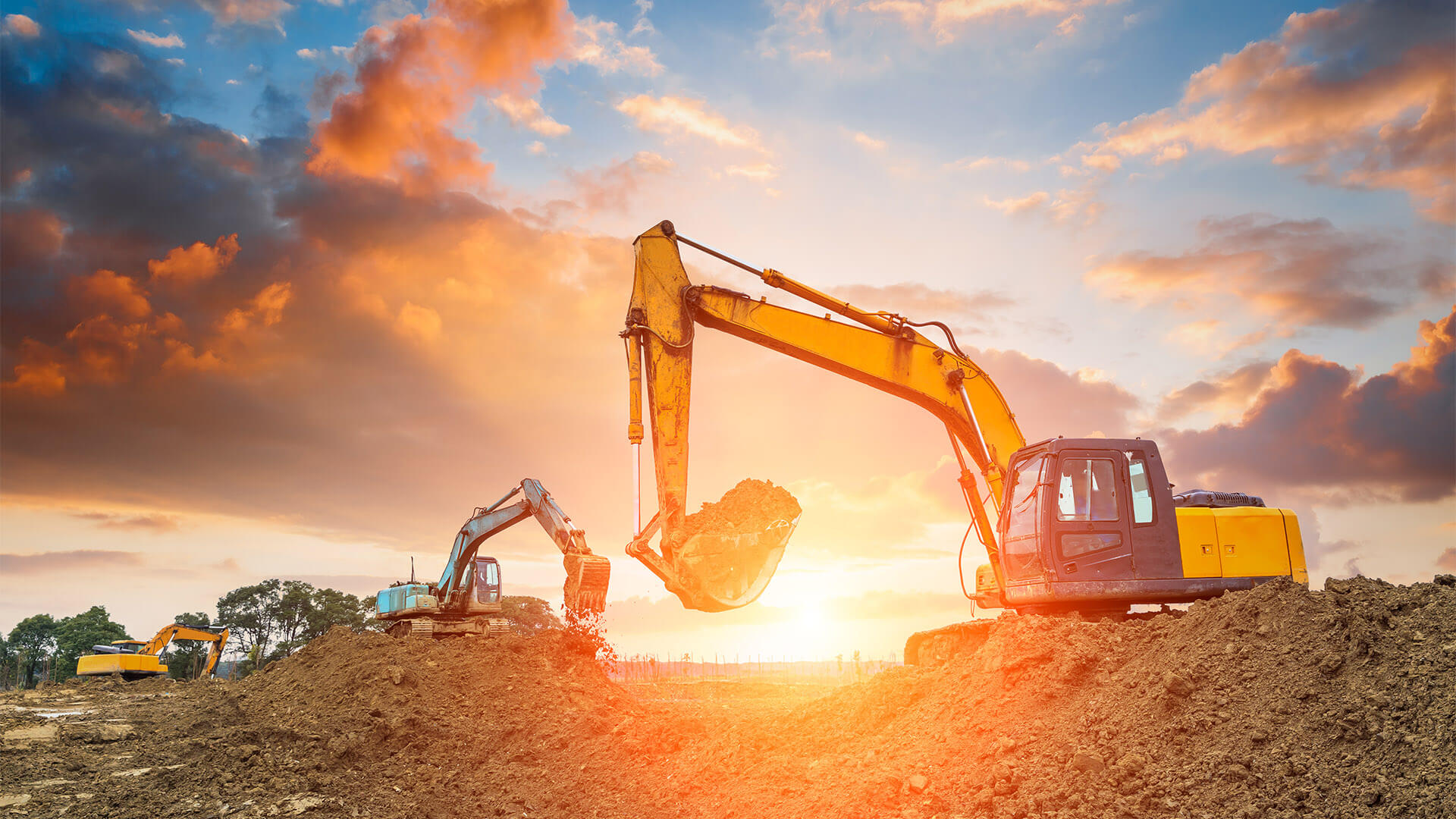Mini Excavator Rental: Compact and Powerful Machinery
Mini Excavator Rental: Compact and Powerful Machinery
Blog Article
Leasing Vs. Acquiring Building And Construction Tools: Making the Right Option for Your Task
When embarking on a construction project, one of the important choices that forecast managers and stakeholders face is whether to lease or acquire building tools. The decision pivots on numerous factors such as price factors to consider, job duration, devices upkeep, risk, flexibility, and scalability administration.
Expense Considerations
When examining the monetary aspect of purchasing versus renting out construction equipment, the long-lasting costs and in advance costs need to be carefully taken into consideration. Renting equipment typically needs reduced first settlements compared to buying, making it an eye-catching alternative for short-term jobs or specialists with spending plan constraints. Leasing removes the need for large funding expenses and minimizes the financial threat related to devices ownership, such as maintenance and depreciation expenses. However, in the lengthy run, consistently renting out devices can collect higher prices than purchasing, particularly for prolonged projects.
On the other hand, getting construction equipment includes higher upfront prices but can result in lasting financial savings, especially for lasting tasks or constant individuals. Ultimately, the choice in between purchasing and renting construction devices hinges on the task's period, frequency of usage, budget plan factors to consider, and lasting monetary goals.
Project Duration

On the other hand, for long-lasting jobs or recurring construction work, acquiring tools can be the more cost-effective choice. Acquiring tools can cause cost financial savings in the future, especially if the tools will be often made use of. In addition, possessing devices gives a sense of control over its schedule and enables personalization to fit details task needs.

Equipment Maintenance
Given the vital function project period plays in determining the most affordable approach between acquiring and renting out building and construction devices, the focus currently moves towards examining the vital aspect of equipment upkeep. Correct upkeep is crucial for making certain the optimum efficiency and longevity of building and construction equipment. Leasing tools commonly features the benefit of having actually properly maintained machinery provided by the rental business. This can alleviate the worry of maintenance jobs from the job proprietor or professional, conserving time and effort. On the other hand, possessing tools calls for a positive strategy to upkeep to avoid break downs, ensure safety, and extend the tools's life expectancy. Normal examinations, servicing, and prompt repair work are essential to keep owned tools in top functioning have a peek at these guys problem. Consider maintenance costs when making a decision in between getting and renting, as neglecting maintenance can lead to pricey repairs, downtime, and job hold-ups. Ultimately, a well-maintained construction equipment fleet, whether rented out or possessed, is essential for the successful and effective conclusion of building and construction projects.
Adaptability and Scalability
In the world of building and construction devices management, the element of versatility and scalability holds considerable relevance for project effectiveness and resource use. Deciding to lease building and construction equipment provides a high level of adaptability as it enables for the quick change of tools kinds and quantities based on the advancing requirements of a job.
Moreover, scalability, one more critical variable, is inherently linked to flexibility. Leasing building and construction tools uses the benefit of easily scaling operations up or down as project demands vary. Professionals can swiftly exchange or add tools to match the project's transforming demands without the restraints of possessing assets that may become underutilized or out-of-date. This capacity to range resources efficiently can lead to cost savings and improved task timelines, making leasing a desirable choice for jobs requiring versatility and receptive resource allocation.
Threat Administration
Efficient threat administration in building and construction equipment procedures is extremely important to ensuring job success and mitigating potential economic losses. Building and construction jobs inherently entail different risks, such as devices break downs, mishaps, and project delays, which can substantially influence the project timeline and budget. By carefully thinking about the threats connected with owning or leasing construction devices, task managers can make enlightened choices to minimize these possible risks.
Renting construction equipment can use a level of danger mitigation click to read more by transferring the obligation of maintenance and repair work to the rental business. This can minimize the monetary worry on the task proprietor in instance of unforeseen tools failings (heavy equipment rental). In addition, renting out provides the versatility to accessibility customized equipment for particular task phases, minimizing the danger of owning underutilized machinery
On the other hand, owning building and construction tools supplies a sense of control over its usage and upkeep. However, this also indicates bearing the complete obligation for fixings, upkeep expenses, and devaluation, enhancing the monetary threats related to devices possession. Mindful threat evaluation and factor to consider of elements such as task period, tools use, and upkeep demands are essential in identifying one of the most ideal option for effective danger management in construction tasks.
Verdict
In conclusion, when making a decision in between leasing and buying building devices, it is necessary to think about price, project duration, equipment upkeep, versatility, scalability, and threat monitoring. Each element plays an important duty in identifying one of the most appropriate choice for the project available. By very carefully assessing these aspects, task managers can make an educated decision that lines up with their budget plan, timeline, and total project objectives.

Report this page